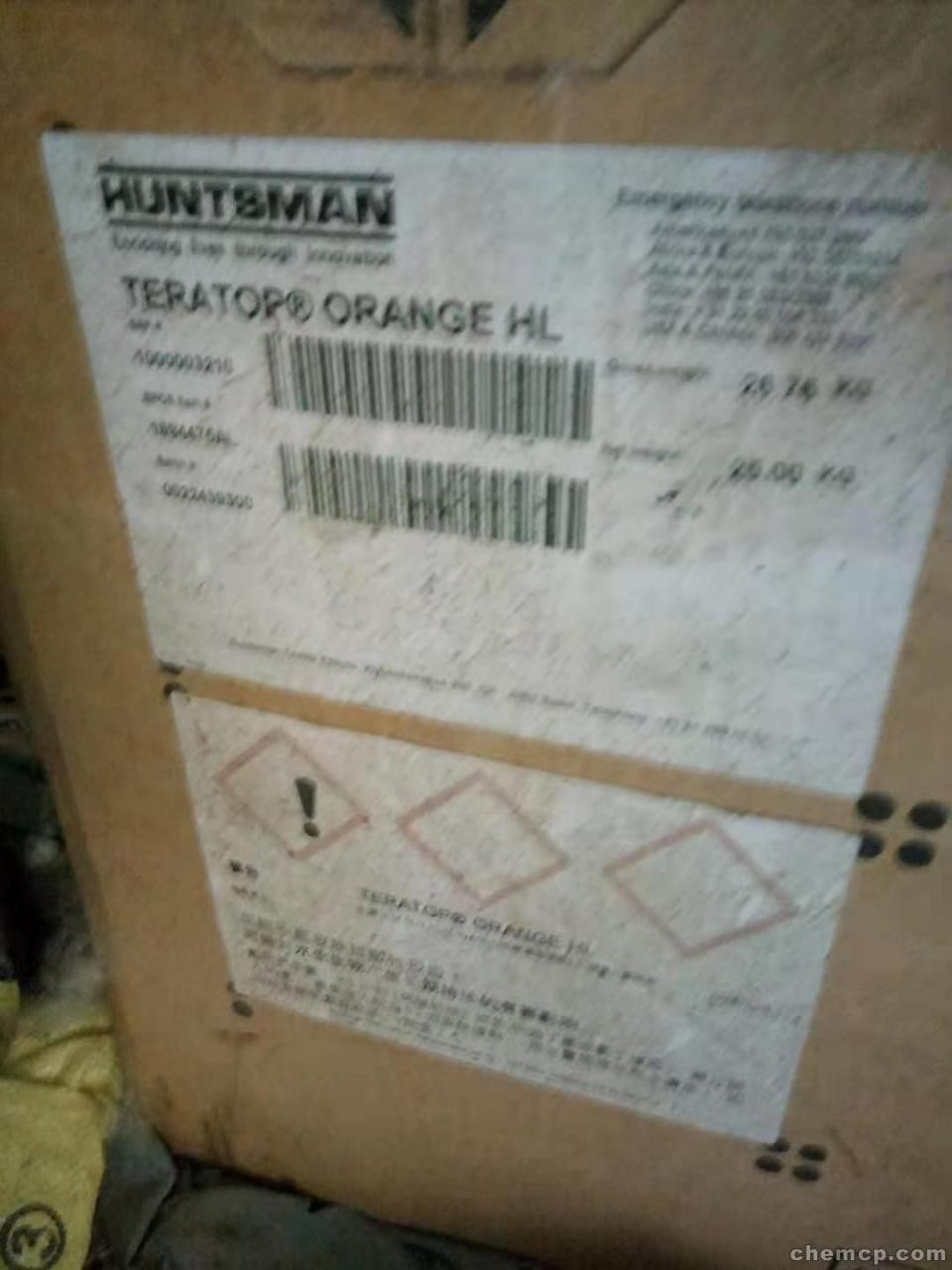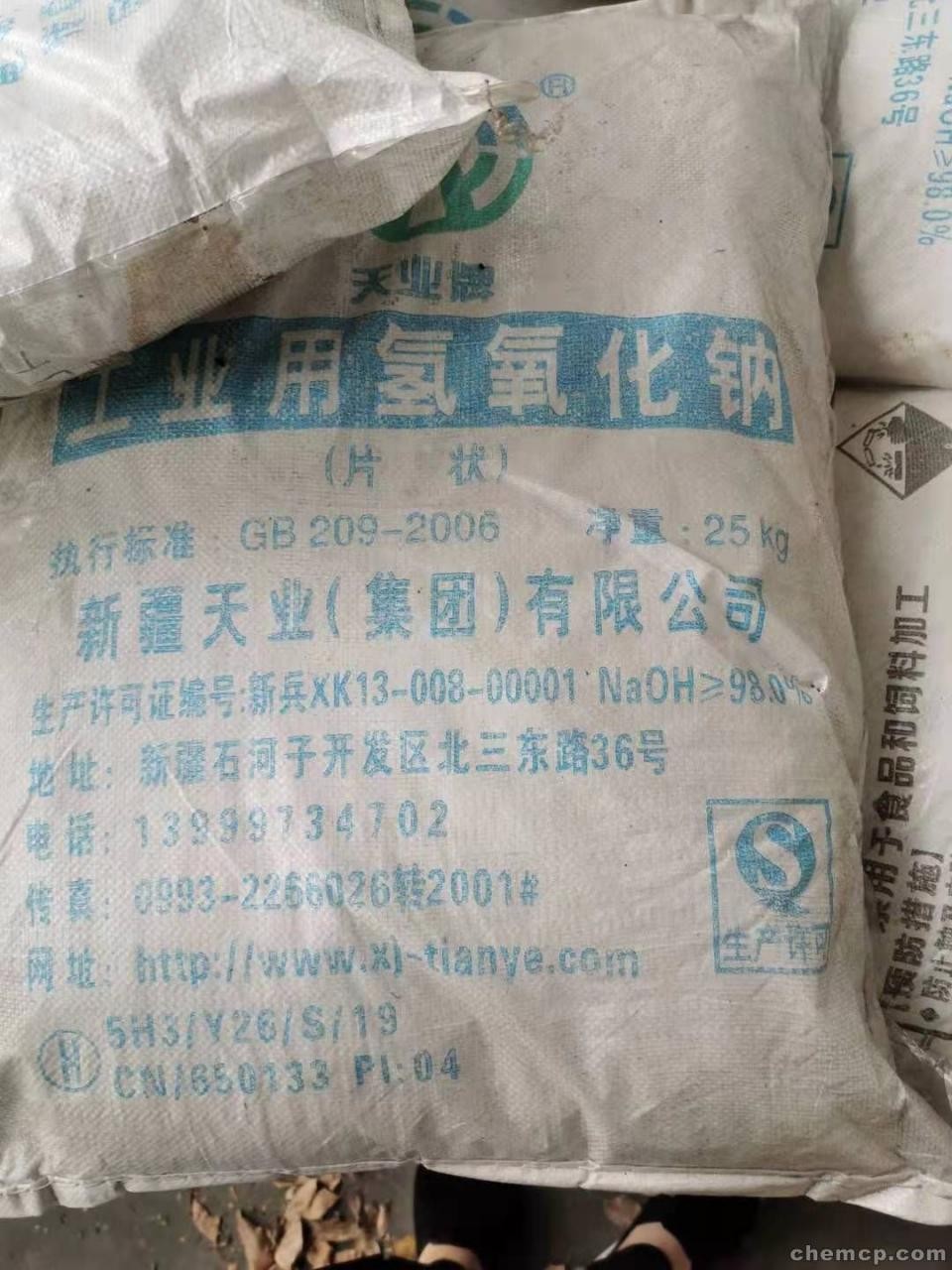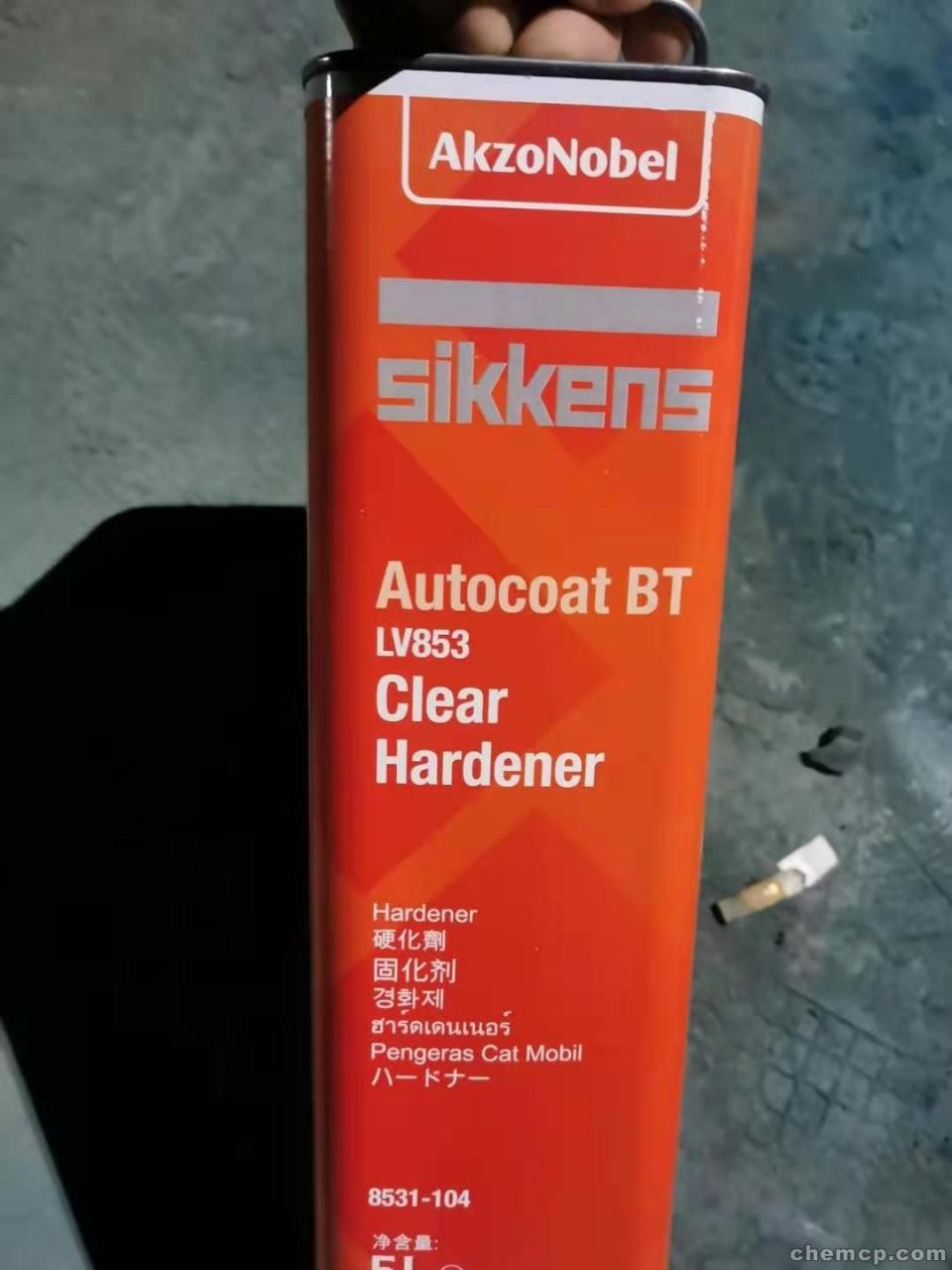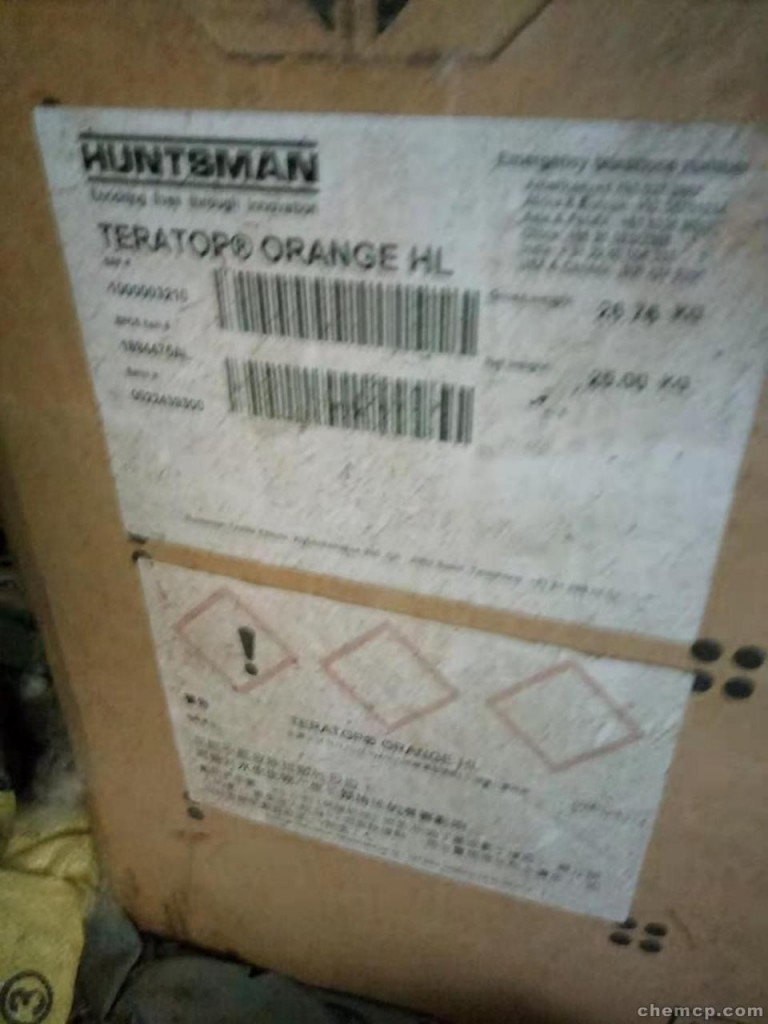quzhou polyurethane top paint professional recycling_home recycling
can chemical raw material recycling factories accept a small amount? we recycle a wide variety of resins. we recycle resins no matter how large or small, we recycle resin products, we come to our door, and we collect high-priced cash from all over the place.
bokai chemical trade recycling company specializes in the recycling of chemical products that are fully recycled, such as chemical raw materials, dyes, pigments, paints, rubber, waxes, chemical additives, chemical metals, etc.
our company serves every customer attentively and guarantees the quality of every acquisition process. caring for the environment is the responsibility of each of us. the waste of resources is a shameful behavior. promoting the recycling of chemical raw materials and dyes is an important mission of our company.

we will continue to uphold the tenet of “one time cooperation and mutual trust, many times cooperation and mutual benefit”, and look forward to cooperating with you! high-priced door-to-door recycling, unlimited quantity, you are welcome to visit at any time, call for consultation, and create and develop together. we seek common development with customers.
recycling dyes manufacturer bokai chemical trade recycling company said that acid dyes are widely used in fabric dyeing and people often use them, but the color fastness of these dyes is usually very poor. recycled dye manufacturers say that some users repair dyes that meet the standards. however, we need to pay attention to certain things that need to be paid attention to when fixing dyes. let us take a look!
quzhou polyurethane top paint professional recycling_home recycling

so how to deal with it can get multiple options at one fell swoop is to recycle the waste paint, reprocess it and use it again. after my waste paint is recycled, after treatment, if the gloss is found to be poor, i should add an appropriate amount of brightener. these can be applied to some exterior paintings such as car repair shops, cars, bridges, etc., usually there is no difference from new paint , and the cost is only half of the new paint. this is environmentally friendly and cost-saving, and it will not produce quality because it is reused. we need to find waste paint recycling, but we need to know that one of the waste paint treatments cannot be recycled, that is, the paint that becomes solid has no recycling value.
applicable technical guide: applied to dye nylon fibers with acid dyes, and then process the dyed products. after dyeing nylon fibers with acid dyes, the dyed product can be treated with nbs to improve its wet fastness, especially to water, sea water, washing, and sweat. the fastness can be significantly improved. similar to all such additives, the degree of improvement in fastness varies depending on the dyeing method and fiber.
to
concentration of acid dye: 1.0-2.0% (owf) nbs (calculated based on cloth weight) after dyeing nylon fiber with telonl, supranol or other selected acid dyes, wash it with soft water, and then dye the dyed product with nbs at ph4.5, 70-80℃, 20-30 minutes, post-treatment.
to
note: if you increase the amount of nbs by one third, you can also use hot air to complete the fixation operation. the wet fastness has been improved to a considerable extent, but the temperature should not exceed 180-185℃. if the temperature exceeds, or the saturated steam is treated, it will affect the nbs. when dissolving or diluting nbs, it is necessary to prevent direct contact with concentrated acetic acid. the contact of nbs with concentrated acetic acid will cause precipitation. any precipitation that has occurred can be easily dissolved by adding a small amount of ammonia.
to
if there are non-ionic additives in the post-treatment, it will cause precipitation and impair the nbs effect (before fixing, it can be washed with a soaping agent to prevent abnormalities). if the dyed product is coated with pu or film in the later process, do not fix it with nbs, otherwise it will affect its adhesion effect. the nylon batting that uses nbs as a post-treatment feels very rough, which will affect its subsequent weaving operations. therefore, for this kind of dyeing, only dyes with higher wet fastness should be selected for dyeing, without fixing treatment.
quzhou polyurethane top paint professional recycling_home recycling

line-height:25px;};as a large developing country, it is developing fast. a lot of industrial waste is inevitable. there are countless waste paints. paints are common in construction and decoration, and even in all walks of life. arrived.
but at present, many waste paint treatment methods are recycling, the usual method is burning, but we all know that the burning of waste paint will cause great pollution to the atmospheric environment, but random dumping will also cause pollution to land resources. it can also cause a fire. so how to deal with waste paint recycling? many paints contain substances. burning without treatment and random stacking will greatly threaten people’s lives, property, and health. in fact, we should consider developmental roads. waste paint itself is something that can be used again, but we preconceived that the waste is unusable.
in summary, the contents of the above are related matters shared by the recycled fuel manufacturers. bokai chemical trade recycling co., ltd. supports door-to-door recycling of chemical raw materials, recycling of dyes, recycling of paint raw materials, high-priced recycling and other businesses. if you have any needs in this regard, please call for consultation!


